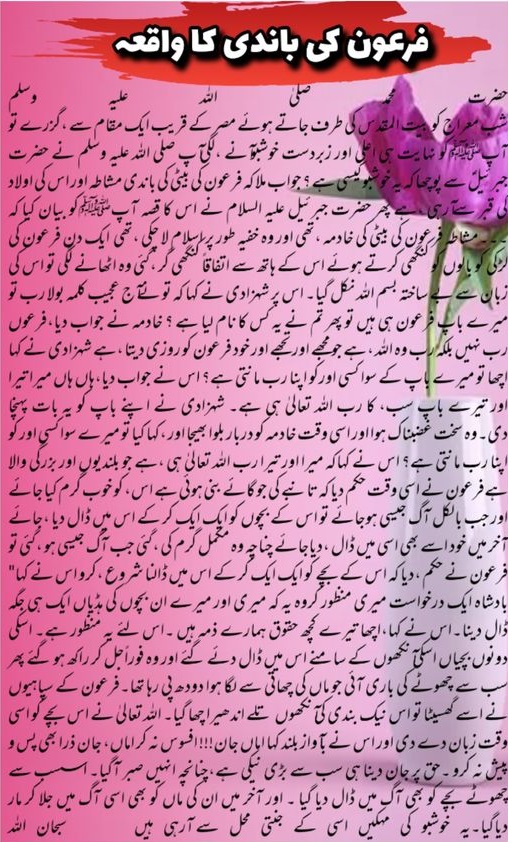The stories of Moses and Pharaoh in the Quran and the Old Testament (Torah) are very similar in the majority of aspects, yet neither Books mention the name of the Pharaoh, who defied God and who reigned during the life of Moses.
In addition, none of the ancient Egyptian archaeological artefacts contain any mention of the disasters that Egypt sustained due to the plagues, nor accounts of how Pharaoh and his army perished in the Red Sea. In fact, the name of Moses seems to have been either removed, or deliberately left out of all ancient Egyptian artefacts. This is understandable when we consider how a slave-born Hebrew Egyptian brought down one of the great Pharaohs of Egypt, and the shame that it must have brought upon Egypt.
It was thus left to the scholars of Egyptology to speculate into the identity of the Pharaoh of the Scriptures, and to come up with various theories to support their claims.
Opinion has split over this matter, and a number of candidates have been suggested. The main candidates are reviewed in this article with considerations allowed for dates and information obtained through historical records. These considerations are then assessed with regards to their harmony with the Quranic narration.
The main candidates put forward are:
1- Merneptah
2- Thutmose II
3- Ramesses II
In addition to the three main candidates, the names of Amenhotep II and Thutmose III have also been suggested by some historians.
The supporting evidence for Amenhotep II is mostly Biblical and not Quranic. Although there are numerous similarities between the Biblical and Quranic narrations of the story of Moses, there are also sharp differences. As a result, Amenhotep II will be left out of this research. As for the claim for Thutmose III, the evidence is equally sketchy and not at all convincing. This paper is therefore concerned with the claims for the three main candidates mentioned above.
